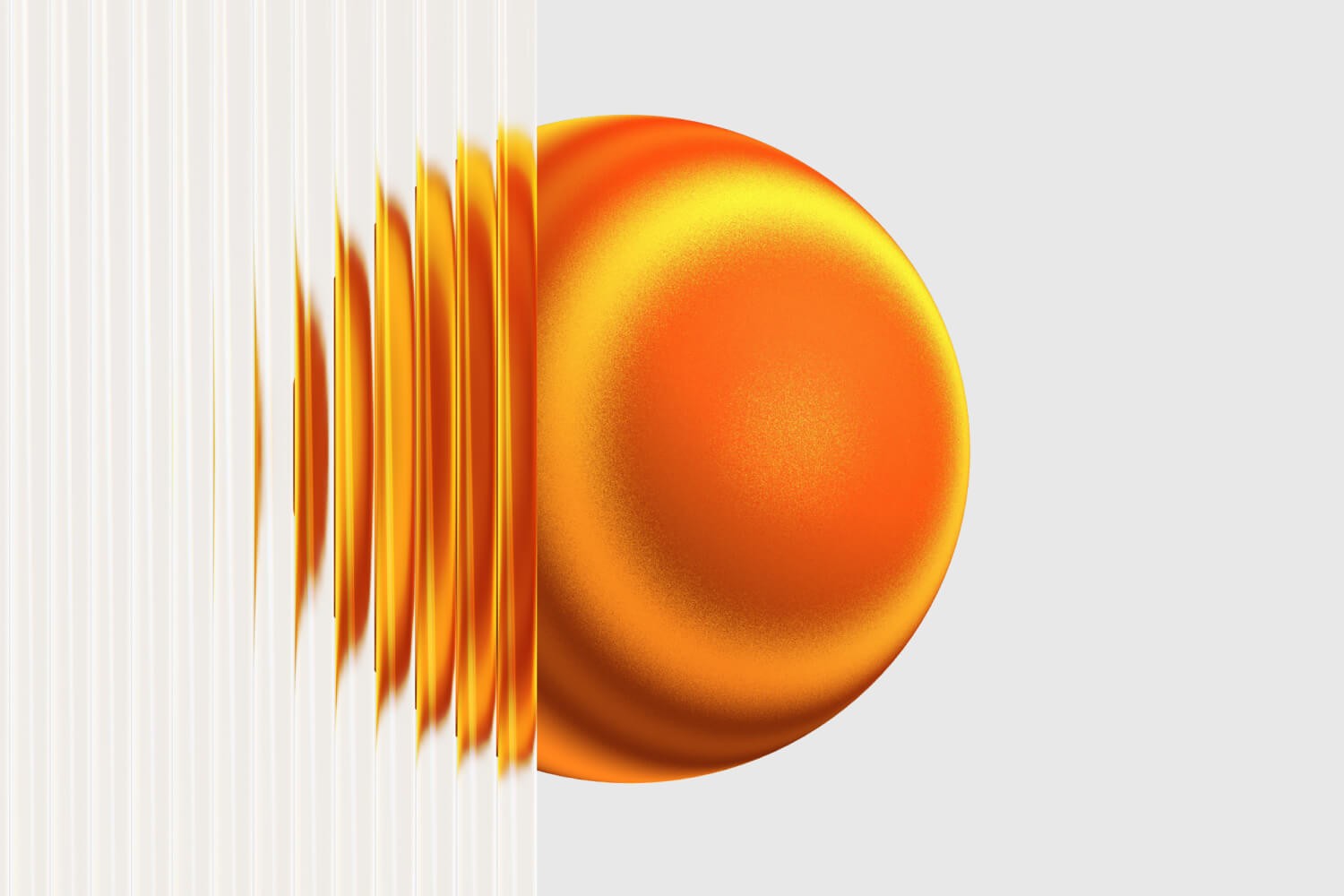From Ideation to Interface in Minutes
Designers once started with a blank canvas. Today, tools like Figma AI, Galileo, and Midjourney let you sketch or describe an idea—and instantly generate full interface drafts. This dramatically speeds up MVP planning and early pitch decks.
For founders, this means faster cycles and more visual clarity in investor conversations or product roadmaps. But it also means teams must validate ideas even faster, before false confidence in pretty mockups sets in.
"These fundamentals apply to everything, whether you're creating a simple logo animation or a complex scene."
What AI Can’t Do (Yet)
While AI can generate screens, it can’t replace good product thinking. Things like user flows, onboarding logic, and accessibility still need human oversight. Founders and designers must learn to curate, not just prompt—using AI as a collaborator, not a crutch.
At BraidNest, we use AI tools to accelerate early stages, but we always bring in structured strategy sessions to ensure the end product solves real user problems.
AI tools aren’t here to replace designers—they're here to empower teams to work faster and smarter. For founders, the opportunity is clear: integrate AI early, but pair it with thoughtful UX, scalable code, and a long-term vision.
BraidNest helps clients navigate both worlds—combining real-world product experience with cutting-edge tools to deliver powerful digital products.







